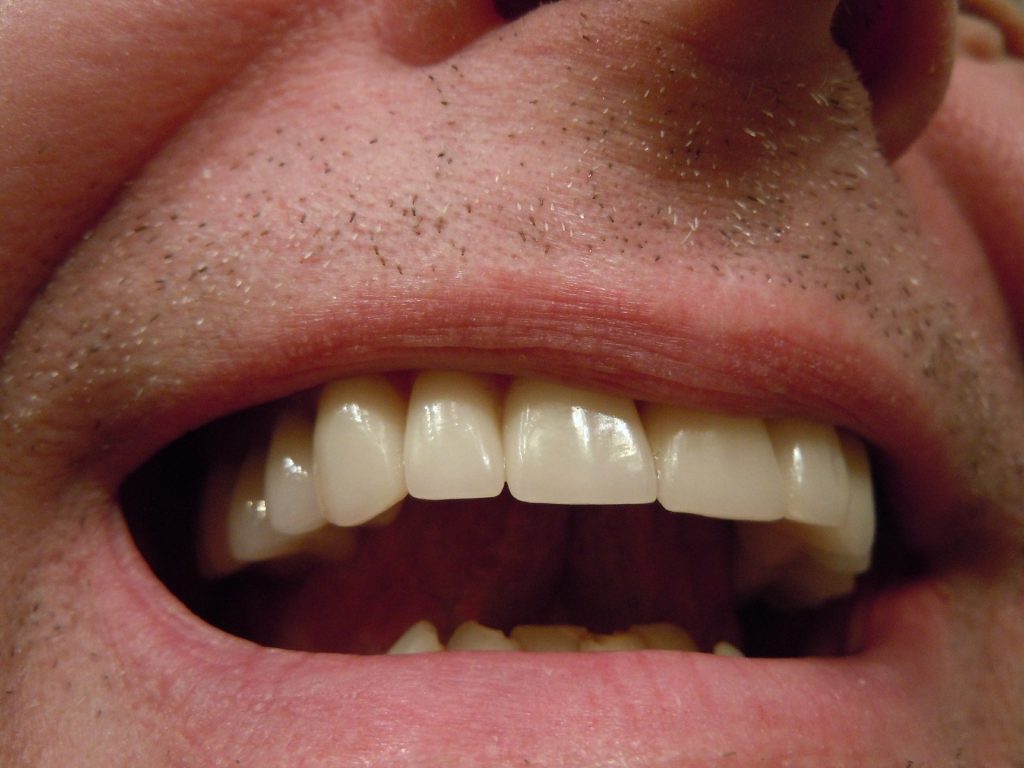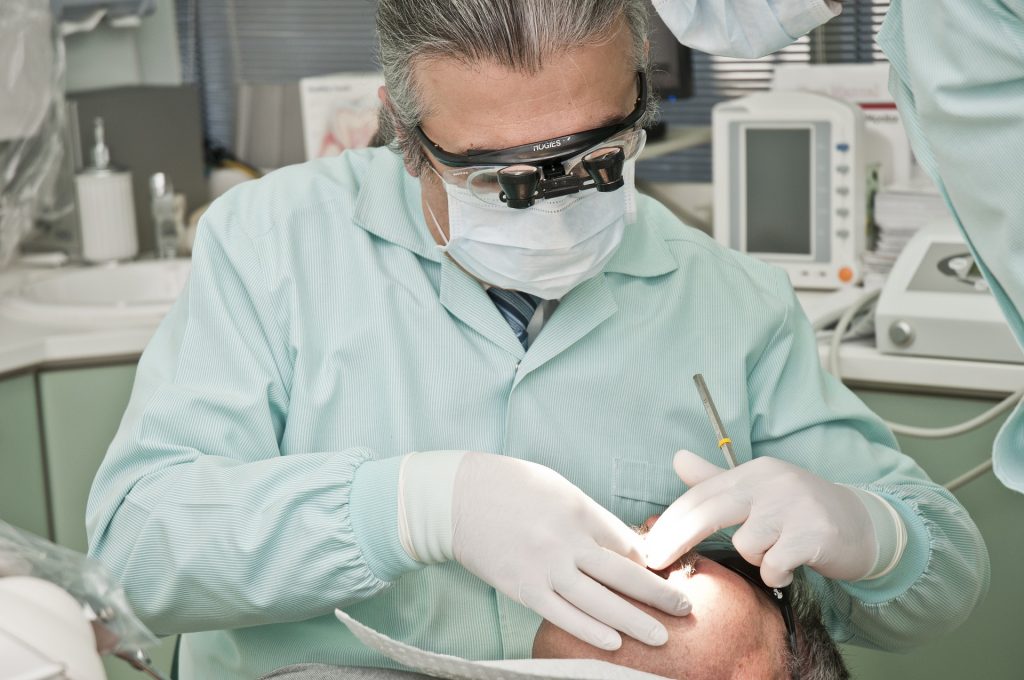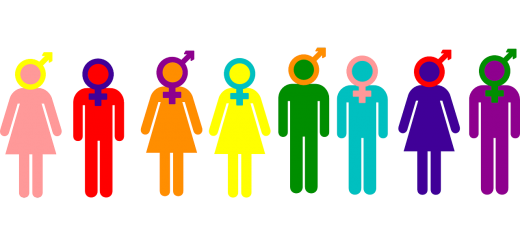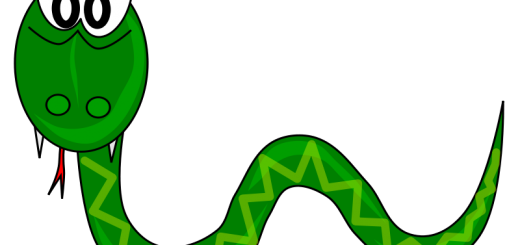Grinding Your Teeth Is Wearing Them Down

Excessive teeth grinding is typically involuntary and unconscious and is a condition called ‘Bruxism’. Bruxism can occur in two different ways:
- Wakeful Bruxism (also known as Diurnal Bruxism)
- Nocturnal Bruxism (or Sleep Bruxism)
As the names suggest, wakeful Bruxism occurs while the person is awake while nocturnal Bruxism occurs during sleep.
Indications that You are Suffering from Bruxism Include
Both wakeful bruxism and nocturnal bruxism are characterised by several signs and symptoms. Among them, you will find:
- Abnormal tooth wear where there is also a loss of occlusal morphology and flattening of the occlusal tooth surface
- Fractured teeth and recurrent fractures of crowns
- Pain, stiffness or tenderness in the jaw joints and/or the jaw muscles
- Discomfort in the jaw muscle discomfort
- Your partner may mention disturbances during the night because of the loud noise your teeth are making.
- Headaches
- Limited mouth opening
- Pain in the preauricular region, which is close to your ears.
- Clicking and tenderness of the temporomandibular joint
Living with Bruxism

Well, you don’t have to live with this condition. In fact, Bruxism can be effectively managed if you see a professional about it. Treatment will typically include getting an odontological devices. Pharmacotherapy, occlusal splints, and psychotherapy are the types of treatments your doctor might recommend.
Getting an occlusal splint is generally prescribed to prevent further wearing of the teeth. They are removable appliances that are worn either in the upper jaw or in the lower jaw, with coverage of the dental surfaces.
You can also try a few things on your own, such as treating stress and anxiety if you believe it is the underlying cause of your teeth grinding. Activities that can help include yoga, deep breathing, massage and reading.
Wearing Bruxism Splint/Night Guard
Once you have the occlusal device on, you will be able move your jaw more smoothly as it will allow the jaw joints to find its best position. This will cause the muscle to move more smoothly and prevent the teeth from locking together. But for all that to be possible, and for it to reduce muscle spasm, clenching habits, jaw/joint pain, and teeth wear, you have to make sure you abide by the following instructions:
- Always wear the occlusal device as instructed by your dentist.
- Avoid clenching your teeth on the occlusal device. Clenching will do the opposite of what you want the device to do: it will lead to muscle spasms and pain.
- You will have to take care of the prosthesis on a daily basis. By this, we mean cleaning both sides of the device carefully with a toothbrush and toothpaste every time you take them off, and at least a twice a day. A good practice would be to clean them whenever you brush your teeth.
- Remember to brush your teeth properly, at least twice a day. No matter how well you clean the prosthesis, it won’t matter if your teeth are still dirty.
- Schedule regular appointments with your dentist and make sure you go to all of them. These check-ups are crucial as the dentist will have to check the occlusal device to adjust and refit if necessary.
- Suffering from jaw pain during this process is quite normal. To help alleviate that pain, avoid eating tough and chewy foods. The less you tax your jaw, the faster will your TM joints, ligaments, and muscles heal.
- You can also decrease the pain by applying a heat to the affected area of the face. A piece of cloth ad towel should do it. Simply run the towel under hot water and place it on your jaw. If it’s too painful, you can also try putting the towel under a hot water bottle and apply it to your face for about 15 to 20 minutes. Repeat 3 or 4 times. If the pain has still not subsided by the next da, contact your dental therapist.
What to Expect When Wearing an Occlusal Device
Occlusal devices are not comfortable. They can actually be a bit painful, but only because they are readjusting your jaw joints. Here’s a few things you should know about wearing this prosthesis:
- You may feel like you have a lot saliva present. It’s nothing to be worried about. In fact, it is rather normal to have excess saliva present for a few days.
- The bite of your teeth may feel a tad different after the removal of the occlusal device has been removed. Again, this is totally normal and it’s nothing to be worried about. This happens because your lower jaw and muscles relax when you take the prosthesis off.
- You may experience a little difficulty in speaking the first few days you start using the device. However, the difficulty in speaking will decrease after the first few days. Also, the difference in your speech might not even be noticeable to others.



